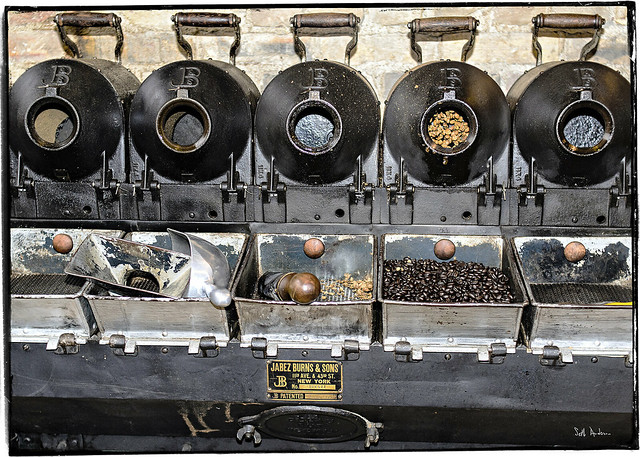I’ve been meaning to try this: I am a nap person anyway, typically for about 30 minutes in the late afternoon. And since I have some coffee in my thermos from this morning…
To understand a coffee nap, you have to understand how caffeine affects you. After it’s absorbed through your small intestine and passes into your bloodstream, it crosses into your brain. There, it fits into receptors that are normally filled by a similarly-shaped molecule, called adenosine.
Adenosine is a byproduct of brain activity, and when it accumulates at high enough levels, it plugs into these receptors and makes you feel tired. But with the caffeine blocking the receptors, it’s unable to do so. As Stephen R. Braun writes in Buzz: the Science and Lore of Alcohol and Caffeine, it’s like “putting a block of wood under one of the brain’s primary brake pedals.”
Now, caffeine doesn’t block every single adenosine receptor — it competes with adenosine for these spots, filling some, but not others.
But here’s the trick of the coffee nap: sleeping naturally clears adenosine from the brain. If you nap for longer than 15 or 20 minutes, your brain is more likely to enter deeper stages of sleep that take some time to recover from. But shorter naps generally don’t lead to this so-called “sleep inertia” — and it takes around 20 minutes for the caffeine to get through your gastrointestinal tract and bloodstream anyway.
So if you nap for those 20 minutes, you’ll reduce your levels of adenosine just in time for the caffeine to kick in. The caffeine will have less adenosine to compete with, and will thereby be even more effective in making you alert.
(click here to continue reading Scientists agree: Coffee naps are better than coffee or naps alone – Vox.)
Ask me tomorrow (or better yet next week after I try coffee napping a few times) how well it works…

Jabez Burns and Sons – Coffee Roasters






